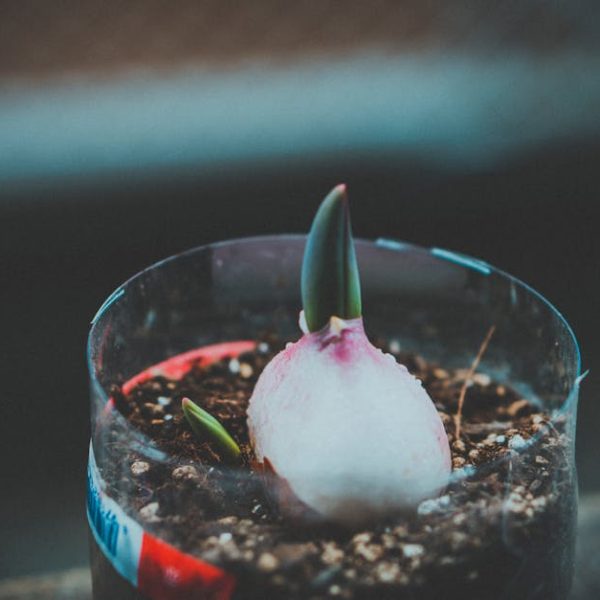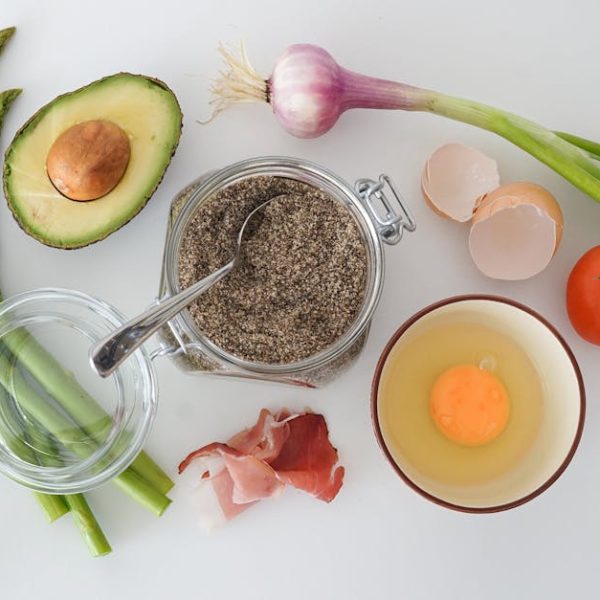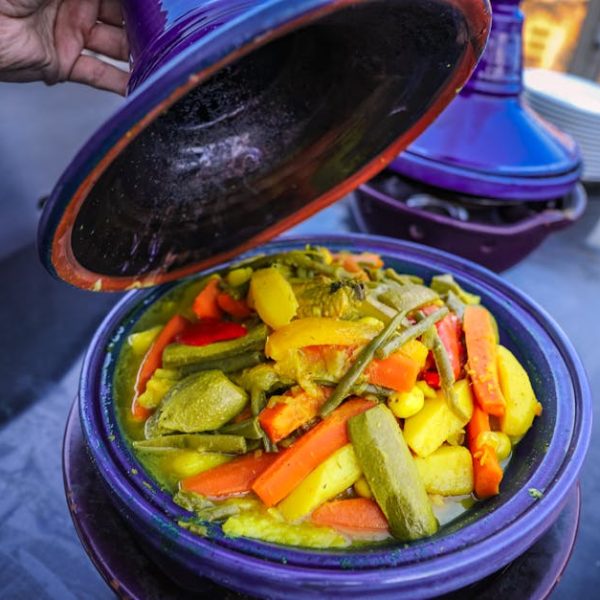Onions: a staple ingredient found in virtually every cuisine around the world. Despite their tear-inducing properties, these flavorful bulbs find their way into countless dishes, lending a distinctive aroma, taste, and nutrition. Yet, in the wide onion family, the white and yellow varieties stand out for their common use in kitchens globally. Their popularity arises from their distinct characteristics and versatility in a myriad of recipes. This brings us to the crux of the matter: what makes white and yellow onions different?
Overview of White and Yellow Onions
White and yellow onions, belonging to the Allium genus, are two of the most widely used onions in cooking. White onions, known for their crisp texture and a slightly sweet flavor, originate from Central Asia and are prevalent in Mexican cuisine. Yellow onions, with their rich caramelizing qualities and pungent flavor, are native to Asia and are a staple in French cooking.
Key dishes with white onions include pico de gallo and white sauces, while yellow onions grace French onion soup and caramelized onion dishes. When it comes to storing, both varieties thrive in a cool, dry, and well-ventilated space. Cutting onions, whether white or yellow, always requires a sharp knife and working with the grain to reduce the tears!
Distinguishing Features of White Onions
White onions, true to their name, sport a gleaming white skin and flesh. They are typically medium-sized but pack powerful flavors that are sweet, crisp, and slightly milder than their counterparts. When cooked, white onions mellow further, providing a delicate sweetness to dishes. They breathe a unique life into salsas, chutneys, and stir-fries.
Comparatively, white onions offer a milder flavor profile than red and yellow onions, making them a great option for raw applications. They are also excellent for pickling. Maximizing the flavor in cooking involves a delicate balance of heat and time, letting the onion’s natural sugars come alive.
Distinguishing Features of Yellow Onions
Yellow onions, also known as brown onions, are enclosed by a papery bronze skin. A quintessential all-purpose onion, they exude a balance of sweet and tangy flavors. They tend to be larger and more pungent than white onions and yield a rich, buttery, and sweet taste when caramelized, shining in stews, roasts, and soups.
Yellow onions stand out from white and red onions, exuding a more robust flavor perfect for dishes requiring a strong onion presence. To unlock their flavor potential, slow and gentle cooking is key, buttering them up to a caramelized marvel.
This unravels the introductory aspect of our onion tale, focusing on the origins, identifying characteristics, and basic culinary applications of white and yellow onions. The journey of understanding their differences extends to nutrition, cost efficiency, availability, and more, further delineating the subtleties that make them unique in their own right. But remember, whether you opt for white or yellow onions, both are sure to amplify your culinary creations with their distinctive qualities.
Health Values of White and Yellow Onions
Healthy eating enthusiasts will be elated to learn that both white and yellow onions bring much more to the table than just flavor. They’re packed full of nutritional benefits, introducing vitamins, minerals, and fibers into your meals with every bite.
White onions contain vitamin C, folate, and potassium, fostering your immune system, supporting cellular function and promoting heart health. Additionally, they hold an impressive amount of quercetin, an antioxidant believed to help prevent cancer and heart diseases. Similarly, yellow onions deliver vitamin C and are rich in vitamin B6, which is essential for brain development and function.
The consumption of these onions comes with a slew of health perks, such as improved heart health, boosted immunity, and enhanced digestive health. However, overconsumption may lead to heartburn, bloating, and gas. Therefore, it’s wise to enjoy onions in moderation.
Availability, Affordability and Sustainability of White and Yellow Onions
White and yellow onions are readily available in supermarkets, farmers markets, and grocery stores worldwide. Prices can vary based on factors like location, season, and size, but typically, both are affordable throughout the year.
Sustainability-wise, onions are relatively environment-friendly crops. They require less water compared to other vegetables and can be grown in a variety of climates. However, as with any crop, factors such as pesticide use and farming practices can impact their environmental footprint.
When purchasing onions, it’s good practice to:
- Opt for onions that feel firm and heavy for their size
- Check the onion skin for signs of damage or mould
- Choose onions with tight, dry skins
While generally, the cost difference between white and yellow onions is negligible, some regions may have slight price variations favoring one over the other due to local supply and demand. However, both can be used interchangeably in most recipes, giving you the flexibility to choose based on taste preference, recipe requirements, or even what’s in your pantry at the moment.
In closing, whether it’s the subtle sweet nuances of white onions or the robust flavors of yellow onions, these versatile bulbs remain unchallenged for their culinary convenience, nutritional properties, affordability, and global availability. Understanding their distinctions empowers home cooks and culinary leaders alike to harness their unique characteristics, making every dish an aromatic and flavorful masterpiece.
Key Takeaway:
- White and yellow onions, while similar in several ways, have distinct characteristics that make them unique. White onions hail from Central Asia, are crisp and slightly sweet, and commonly used in Mexican cuisine. Yellow onions are native to Asia, have a more pungent flavor, and fit perfectly in French recipes.
- In terms of health, both variants are nutritionally dense, offering a wide range of vitamins, minerals, and fibers. While white onions are rich in Vitamin C, folate and potassium, yellow onions offer Vitamin C and B6. Moderation is key to prevent bloating and gas.
- Both white and yellow onions are affordable, readily available worldwide, and environmentally friendly. Their price generally remains stable throughout the year, although it can vary based on location, season, and size.
While onions might be the culprit behind your culinary tears, their unique taste, texture, and nutritional values are worth it. Whether you choose white or yellow onions, remember that they both bring unique characteristics to your recipes. Happy cooking!
FAQs
Q: Can I substitute white onions for yellow onions in a recipe?
A: Yes! You can substitute white onions for yellow onions and vice versa. The final taste might vary slightly, but both will bring an amazing flavor to your dish.
Q: Are white onions less potent than yellow onions?
A: Generally, white onions have a milder, sweeter flavor compared to yellow onions, which are more pungent. However, this can vary slightly depending on the specific variety and growing conditions.
Q: Do white and yellow onions have the same health benefits?
A: While both are nutritionally dense, they have slightly different nutrient profiles. For instance, white onions are rich in Vitamin C, folate, and potassium; yellow onions offer Vitamin C and B6. Both contribute to a healthy diet.
Q: Does one variety of onion have less impact on the environment?
A: There’s no significant difference between the environmental impact of white and yellow onions. Both require less water compared to other vegetables and can be grown in a variety of climates. However, farming practices and pesticide use can influence their environmental footprint.
Q: Is there a significant price difference between white and yellow onions?
A: In general, there are no major price differences between the two. Some slight variations might occur due to local supply and demand influences.
Don’t forget to share this article if you found it helpful, and explore more posts on our website for additional insights and advice.






